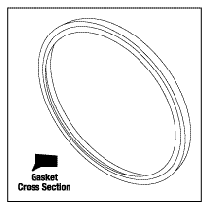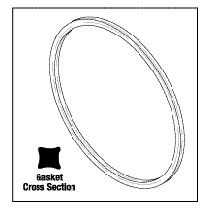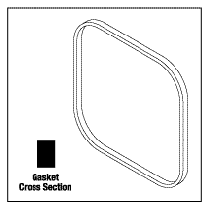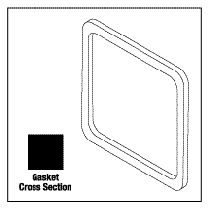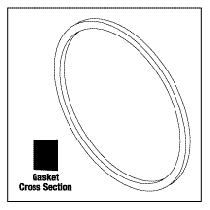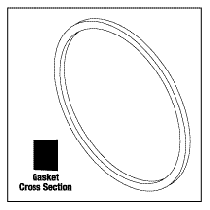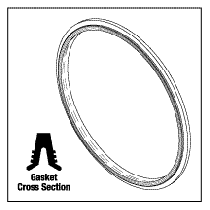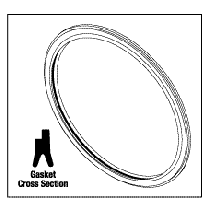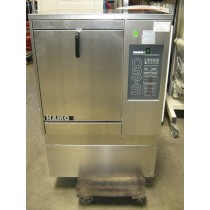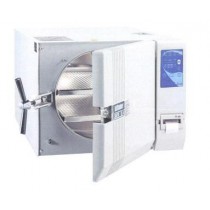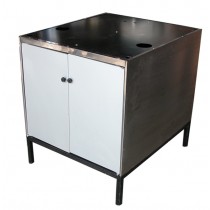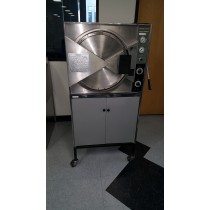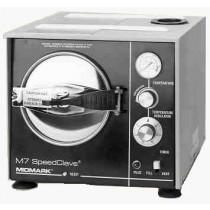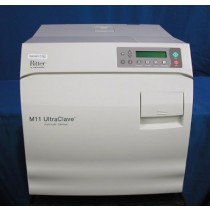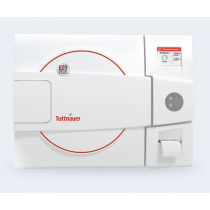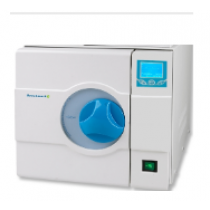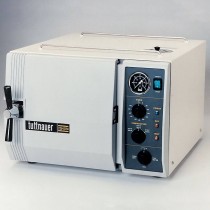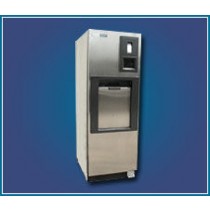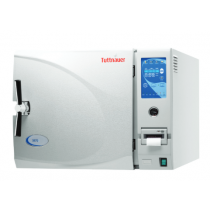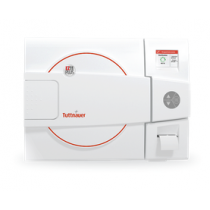Autoclaves and Sterilizers
AUTOCLAVES
We carry a variety of used/refurbished autoclaves and sterilizers. These items generally come in two forms: table-top autoclaves for office or clinic use, and free-standing, steam generated sterilizers used in a hospital setting.
When considering the purchase of a used/refurbished autoclave, there are a few things to keep in mind:
Table-top autoclaves are available in a variety of chamber sizes, usually maxing out at about 18”x26”, and are either manual or automatic. With a manual autoclave, the user has to manage the device through all of the sterilization steps (filling the reservoir with distilled water, loading the items to be sterilized, setting the timer, venting once the sterilization cycle is completed, and opening the door to begin drying).
The automatic version simplifies the process to the push of a button, filling, sterilizing, venting and drying without operator assistance. Automatic autoclaves are more expensive, but the convenience factor far outweighs the additional cost.
Table-top autoclaves generally require a minimum of 60 minutes to run a full cycle, from heating up to cooling down. This is true for both manual and automatic devices. The total cycle time is less when the autoclave is already warm; the second cycle will be slightly shorter.
Power requirements for table top autoclaves must be addressed. It is important to note that autoclaves draw a higher amperage and a dedicated circuit may be necessary. To avoid blowing fuses, the amperage of the circuit needs to be checked. Table-top autoclaves generally run on 110v, however, a 220v+ unit will reduce the total sterilization cycle time required.
Large, free-standing hospital sterilizers incorporate a steam generator to produce the steam required. They generally require a direct water source and direct drain. Voltage requirements are usually 220-240v, either single or 3-phase. The steam is produced in the generator and is forced into the sterilization chamber. Some models use a vacuum to remove air from the chamber before the steam is introduced, while others use gravity to remove the air from the bottom of the chamber while steam is simultaneously inserted into the top. Models that use vacuum power to remove air circulate air more efficiently than those that use gravity. A vacuum feature allows a flash sterilization cycle to be performed. Not all steam sterilizers have a vacuum feature, but this speeds up pushing the steam into the chamber and drawing it back out again.
These large devices often require site preparation prior to installation. Site prep and installation are not included in the price of the unit. Additional accessories such as side panels are required if the unit is not going to be built into a wall. In-wall installations require a service closet for maintenance access. All of these factors need to be considered when purchasing a steam generated sterilizer.
In order to maximize the life expectance of the unit, you want to make sure you’re buying from a reputable vendor who understands the proper refurbishing and even rebuilding of autoclaves. Autoclaves require regular service and maintenance in order for them to continue to work effectively, as steam, pressure, and electronics generally don’t mix well!
Key to the continued health and wellness of your autoclave are a few simple points: Always used distilled water. Keep to a regular cleaning routine. Replace the door gasket every 8 to 14 months, depending on usage hours. Some will require a yearly HEPA filter change.
With 31 years of experience, Whittemore Enterprises has been through the learning curve and developed the expertise to recognize and avoid the pitfalls that can occur with used and refurbished autoclaves. This is why it is so important to purchase from a reputable vendor; it will save you money in the long run.


